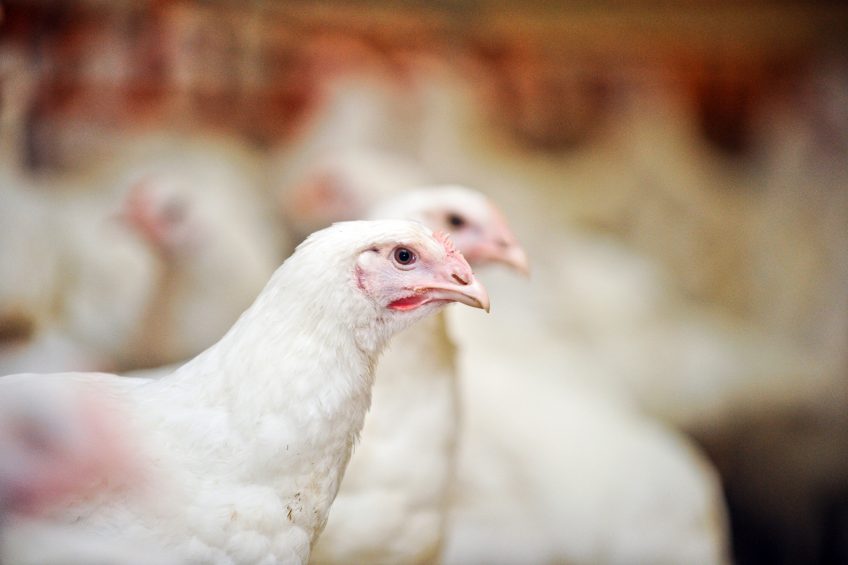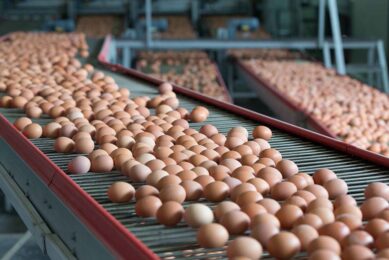Opportunities for significant growth in poultry sector

Opportunities for significant growth and added value, particularly following Brexit, will be available for the poultry sector, according to a new report released by farm business consultants Andersons.
While the past year has been a volatile one, with a divergence in fortunes between the meat and egg sectors, Andersons say in their 2018 Outlook report that Brexit and its period of change and uncertainty should be an opportunity for current producers to focus on their businesses.
They should identify areas for improved productivity, such as feed efficiency and mortality to ensure sustainability for the long-term. Brexit will also provide an option for other farmers looking to diversity to strengthen their farm business and spread risk.
Broiler sector benefits
Poultry specialist Lily Hiscock said the broiler sector over the past year had benefitted from the continued move towards leaner meats by the UK consumer. Broiler chick placings increased by more than 6% to July 2017 and the volume of poultry meat produced on a monthly basis went up by more than 12% in the same period (16,900 tonnes per month).
At present, the UK is the fourth largest poultry meat producer in the EU and is approximately 75% self-sufficient in poultry meat. Ms Hiscock said the broiler sector was perhaps the part of UK farming that could scale up quickly to meet consumer demand and perhaps increase self-sufficiency in the UK post-Brexit.
“However, based on current imports of chicken breasts, to meet demand, UK farmers would have to produce an additional 1.1 billion birds – a 124% increase – plus find markets for, or dispose of, the remainder of the carcass which is not breast.”
Both 2 Sisters and Moy Park are investing significantly in processing capacity and production in the UK, she added.
Egg sector
Turning to the egg industry, Ms Hiscock said the sector faced more volatility and consumer pressure. Results to July 2017 show a reduction in commercial layer chick placings of 0.40% compared to the previous year.
Following the commitment of many retailers in 2015 to stock only free-range and phase out colony eggs by 2025, there was an initial reaction with rapid growth and investment in the free range sector. By the middle of 2017, just over 50% of eggs were produced on a free range system – a rise of 5% from the start of 2015.
However, the report highlights that this still leaves 5.2 billion eggs being produced in either colony or barn systems. For the UK egg industry to be completely free range by 2025, this would require approximately 570 more units of 32,000 birds each to be installed over the next 7-8 years. This is equivalent to 1.50 units every week and represents an investment in excess of £500m, which the reports suggests is unlikely.
With avian flu and the fipronil scandal also causing issues for the egg sector, Ms Hiscock said the importance of British welfare and food standards had been highlighted with egg producers in the UK adhering to strict British Lion Code standards. “In a post-Brexit environment, educating the consumer about the quality of domestic production is likely to be even more important,” she added.
Join 31,000+ subscribers
Subscribe to our newsletter to stay updated about all the need-to-know content in the poultry sector, three times a week. Beheer
Beheer








 WP Admin
WP Admin  Bewerk bericht
Bewerk bericht